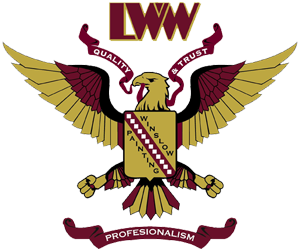You will know you have water damage in your home when you notice bubbling, warping or discoloration of your drywall. If you notice a spot on your drywall you need to figure out what is going on. That spot means there is a moisture problem. The issue might be small or much larger than you think, and a leak can continue for a long time before it finally manifests itself in your drywall. Not only can a moisture problem end up costing a lot of money it can be a huge health risk too.
Does Wet Drywall Always Need to Be Replaced?
Wet drywall means you have problem. If you haven’t had a flood, then the water is coming from behind the wall. Drywall repair isn’t just cosmetic. You can’t just fix what you see and ignore what’s causing the problem. For example, if you discover discoloration on the ceiling of your kitchen, chances are water has leaked from the room above it. While you can repair the damaged drywall and have it looking like new again, ignoring the fact you’ve got a water leak you haven’t taken care of means you’re going to have the same problem again, or worse. Two things can happen when you ignore a moisture problem. First, black mold can develop and second, the structure becomes weak. The ceiling wall can collapse, and floor joists can begin to sag from prolonged moisture. Then there are the mold spores that can make you and your family very sick.
How to Fix Water Damaged Drywall
Method 1- Completely remove the drywall. This is done when multiple layers of drywall have been affected, the drywall has been wet for 48-72 hours or the water that caused the damaged is classified as black water. If mold is discovered, additional steps will need to be taken. Professionals need to take care of mold because mold spores can become airborne.
Method 2- Drying the exterior. If you’ve determined that only the drywall has become wet, you can use air movers on the affected area. Air movers are powerful fans that will pass hot, dry air over the affected area so the moisture will evaporate. Remember, this method can only be done if the wall cavity, wall studs, etc. are dry. This method should also involve a dehumidifier to capture the moisture, otherwise it will travel somewhere else and lead to secondary moisture.
Method 3- Drying the wall cavity and the drywall. There are moisture probes that can be used to determine the moisture content of the affected area. You can then create a flood cut to remove the affected area and 12-18 inches above it or use a wall cavity drying system by injecting small holes in the drywall and attaching hoses to pass hot air into the cavity to dry the area out.
Drywall Repair & More in Amagansett, Bridgehampton, East Hampton, Hampton Bays, Montauk, North Haven, North Sea, Noyack, Quogue, Shelter Island, Sag Harbor, Sagaponack, Shinnecock Hills, Southampton, Springs, Wainscott, Watermill, Westhampton, Westhampton Beach, New York
Every surface has some level of moisture in it. Moisture that is needed for it to function the way it’s supposed to. It’s important to trust professionals that know what the right level of dry is before drywall can be repaired. Do you need drywall repair? Contact L.W. Winslow Painting, Inc. today!

